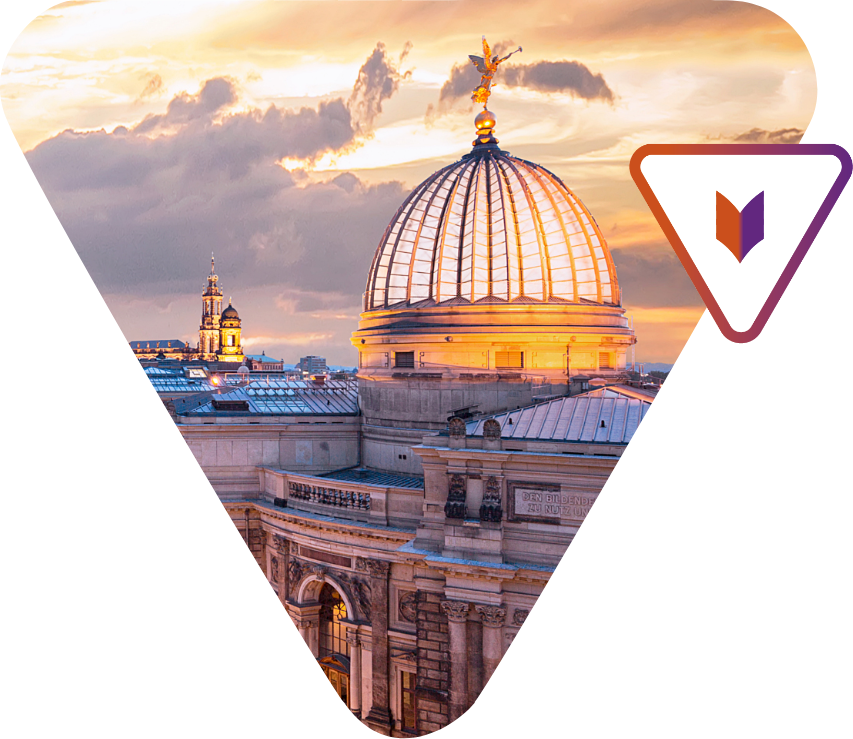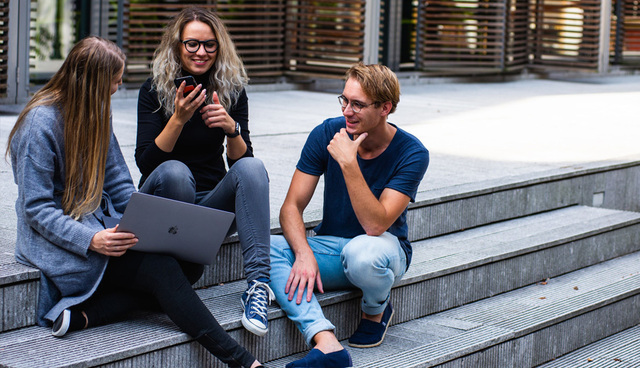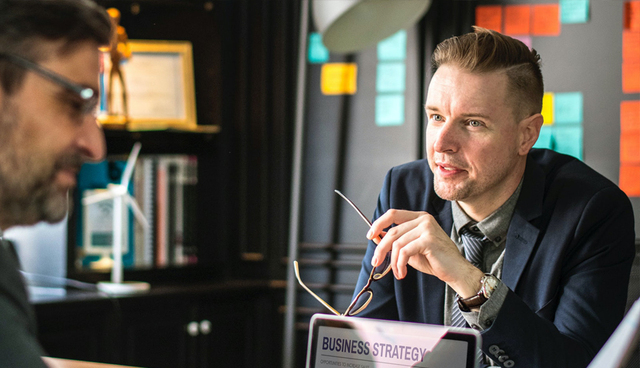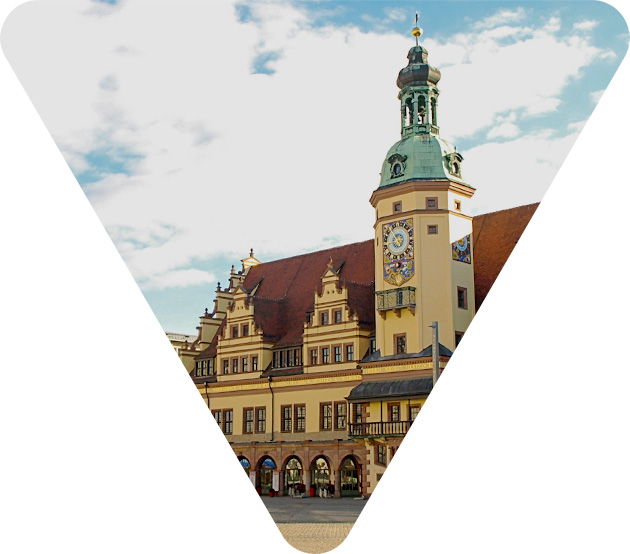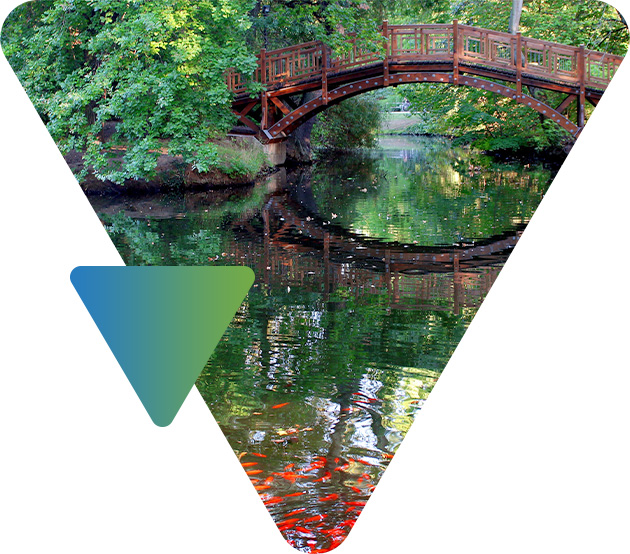What is life like in Leipzig?
The area around Leipzig's Nikolaikirche church is where the Monday demonstrations began which heralded the end of the GDR era. The people of Leipzig’s pursuit of freedom is just as well known as their enthusiasm for art. An independent academy of the arts was founded just after German reunification, and the city has bubbled with creativity ever since: at the Baumwollspinnerei, the Tapetenwerk and the Kunstkraftwerk at the Karl Heine Canal. With 15,672 monuments – above all, its beautiful Wilhelminian and Art Nouveau buildings – Leipzig is Germany’s capital of cultural monuments. In GDR times, prefabricated housing estates appeared on the city's outskirts; after reunification, the centre was renovated. Today, two thirds of Leipzig’s historical buildings look as lovely as they did when first constructed
Although Leipzig is one of the largest German cities in terms of its area, everything is within easy reach and bike-friendly. Sports, culture and creativity can be found on every corner. Everyone can enjoy a good time together at Leipzig Zoo, with its highlights “Pongoland” and “Gondwanaland”, or at the dark wave music meet-up over Whitsun. The high quality of life in this green, leafy city attracts newcomers: every year, some 6,000 new citizens are welcomed, making Leipzig one of Germany’s fastest-growing cities. Apart from a few city-centre highlights, Leipzig’s housing is more affordable than in any other German city.
It is not just the growing number of children and students who give the city its dynamic feel. The well-known research institutes, the world-famous Leipzig trade fair and Media City, where the broadcasters and TV production studios are based, all add to the city’s international, urban atmosphere.
More than 150 schools offer a variety of educational concepts and specialisms, and more than 40 institutes of higher education, research institutes and scientific centres make Leipzig Germany's "youngest" city. An estimated 200 start-ups have ushered in a new era in Leipzig, their way paved by success stories such as the e-commerce company "Spreadshirt", which employs a workforce of 500.
